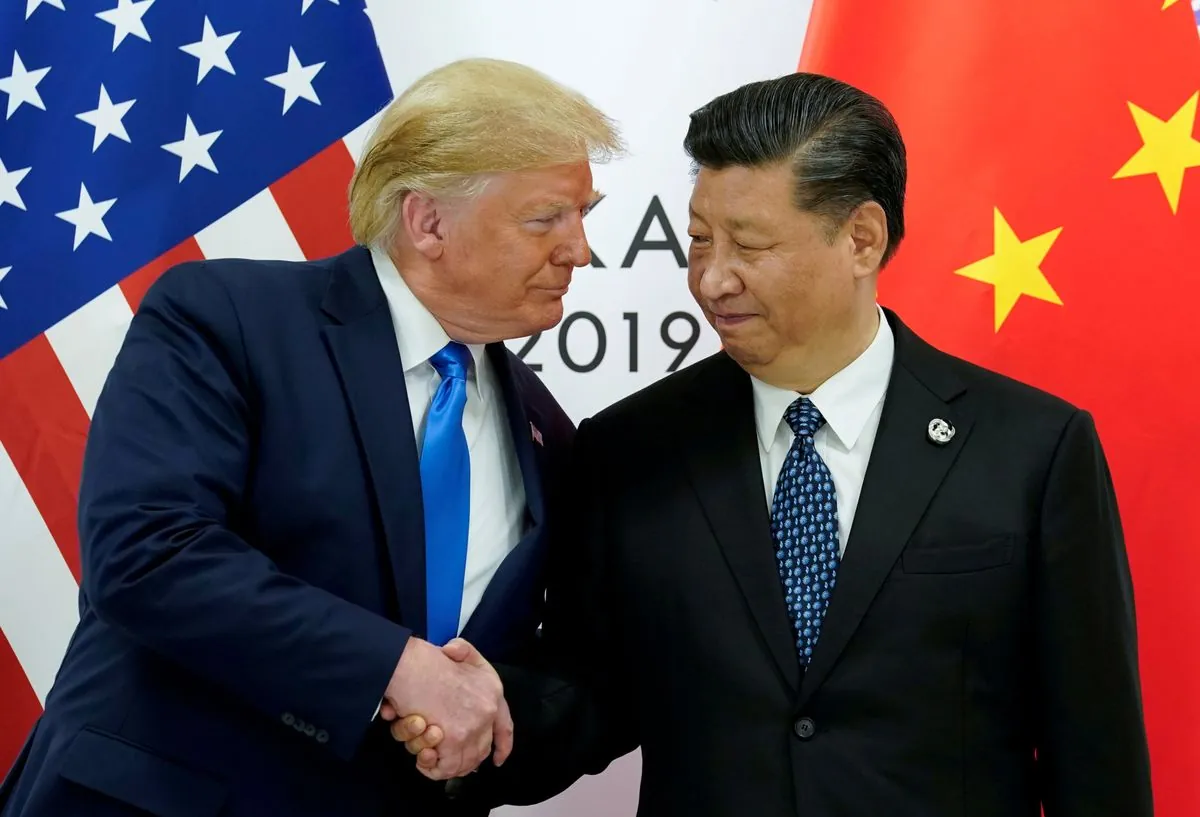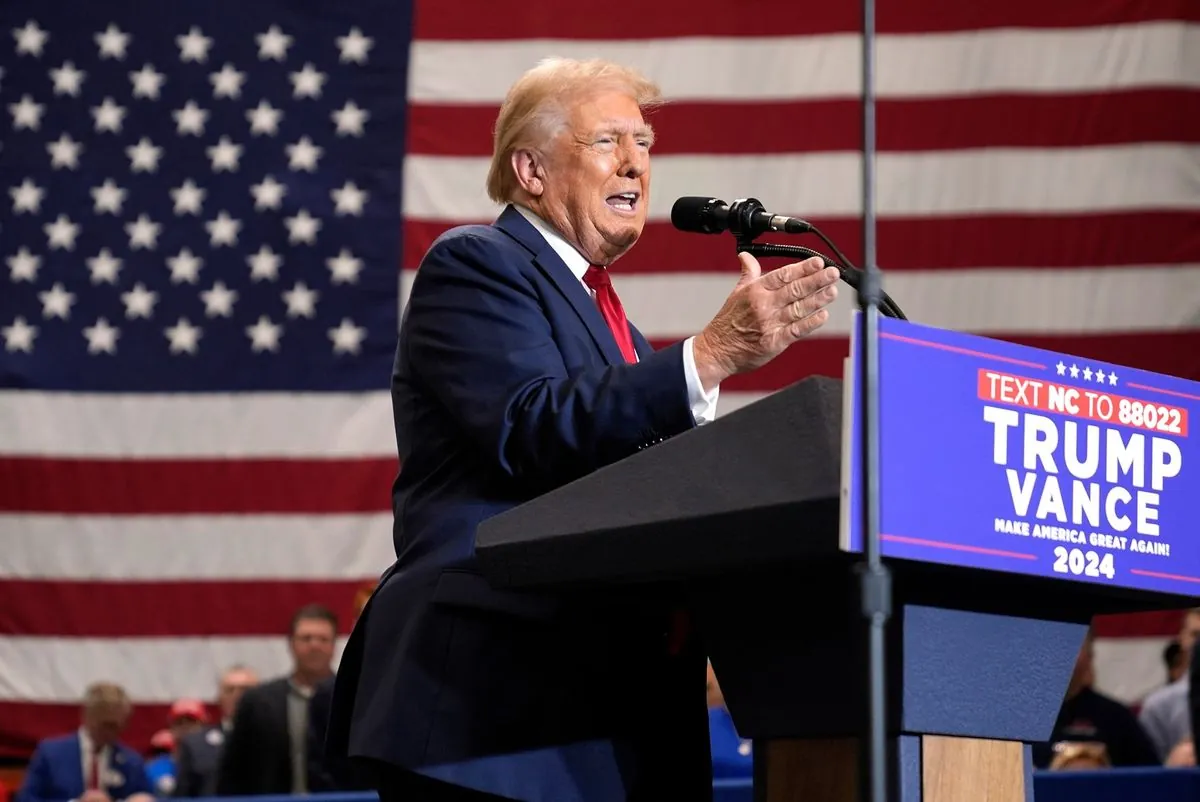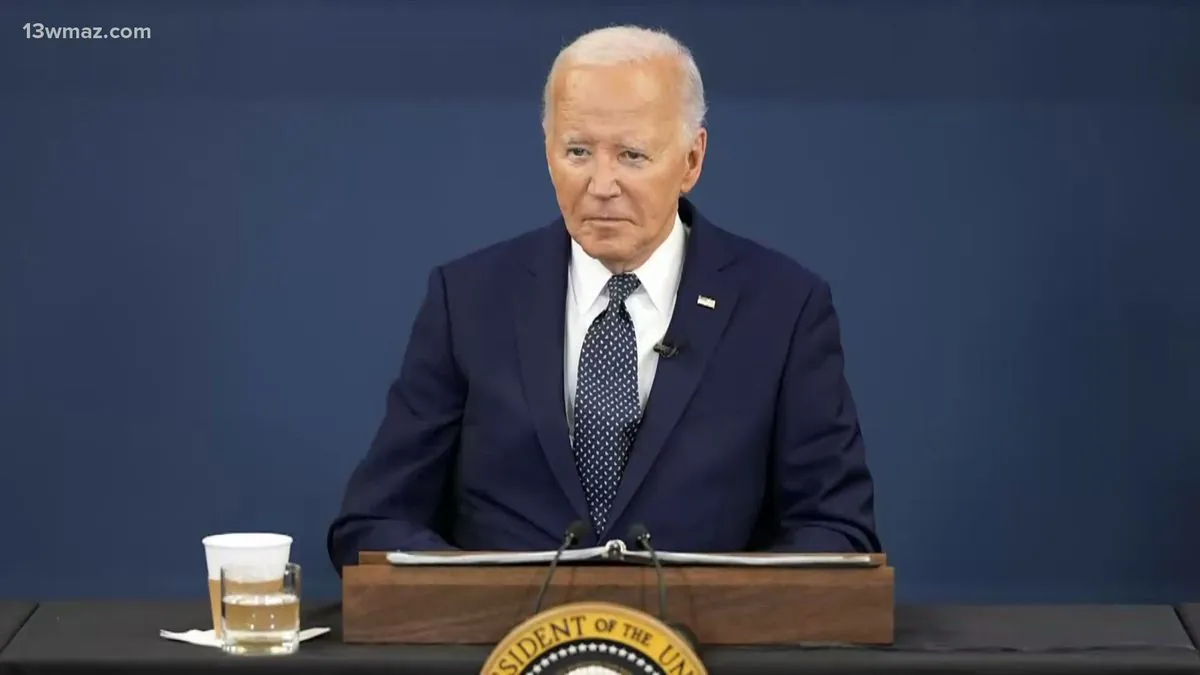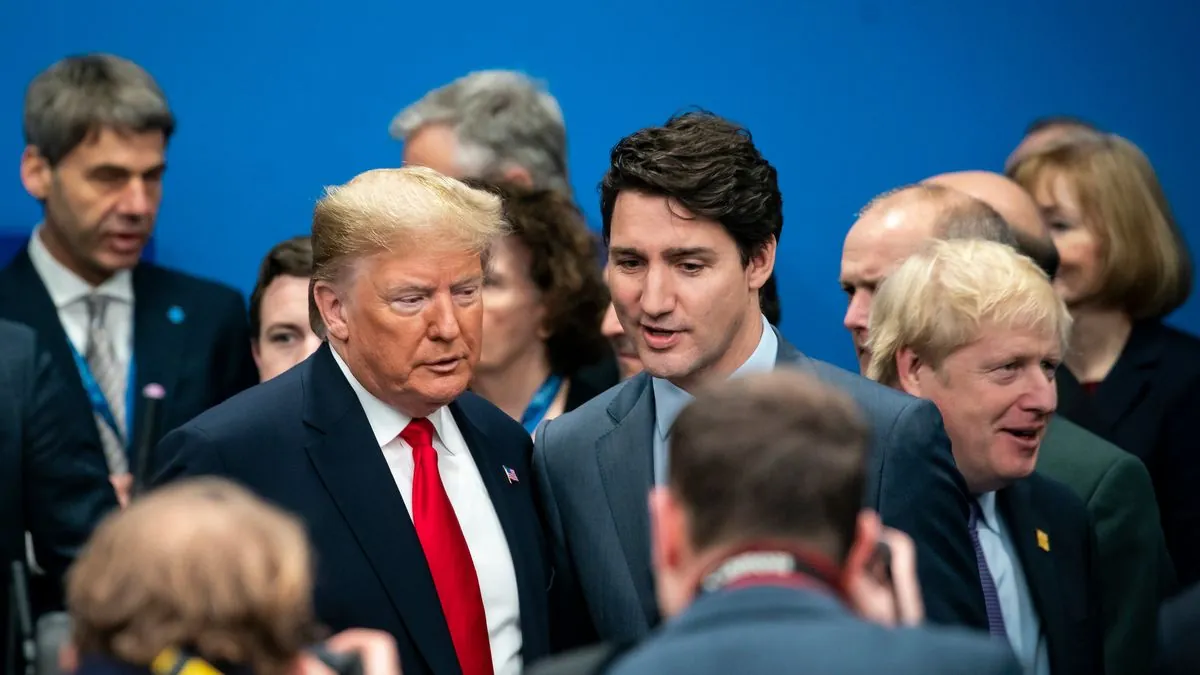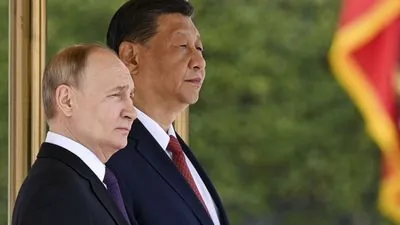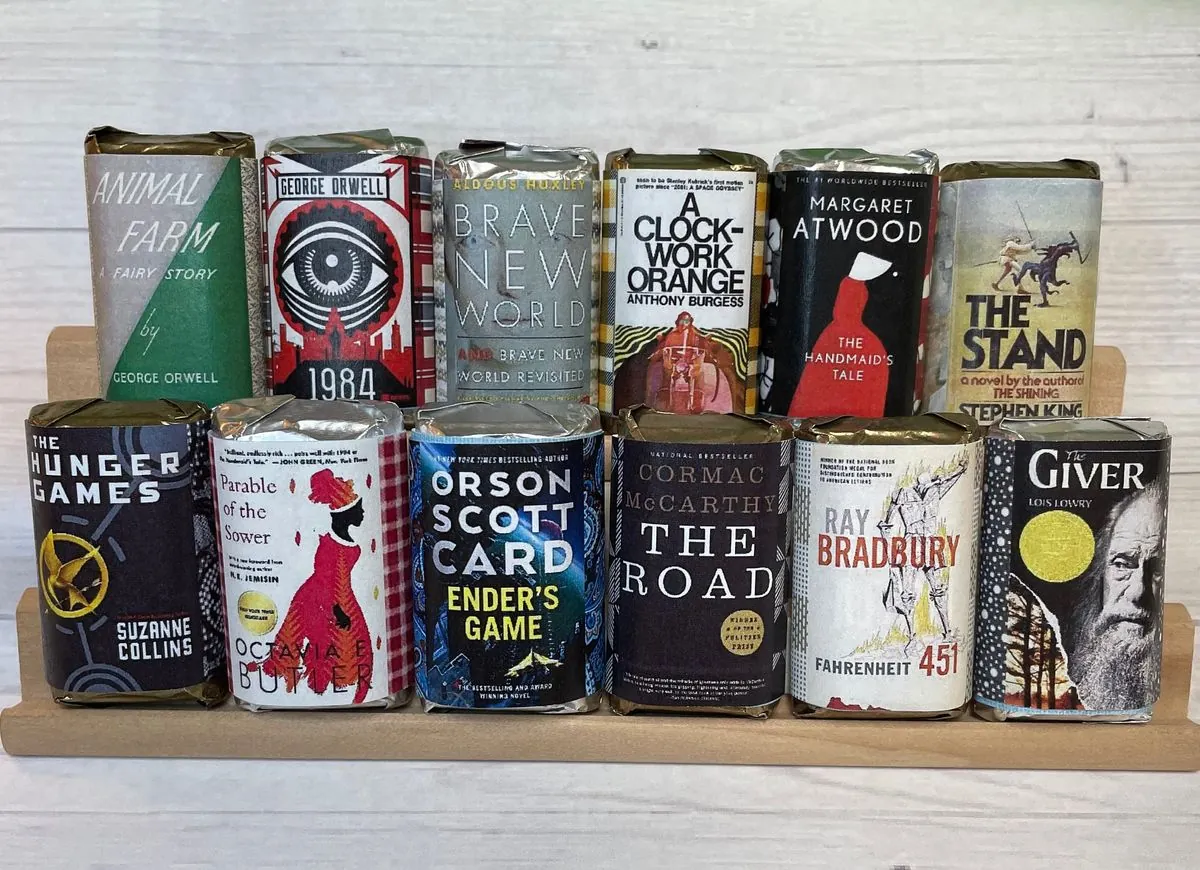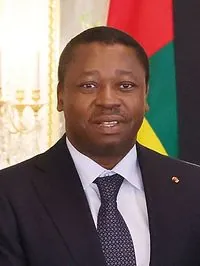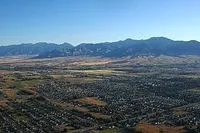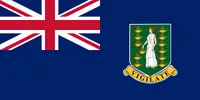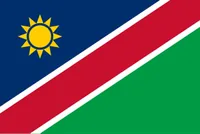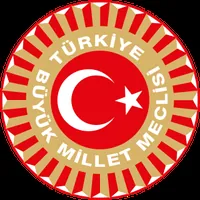Native Americans face complex path to ballot box in crucial swing states
Native American voters deal with unique challenges when trying to cast their ballots in US elections. Physical address requirements and distant polling places create extra steps for reservation residents
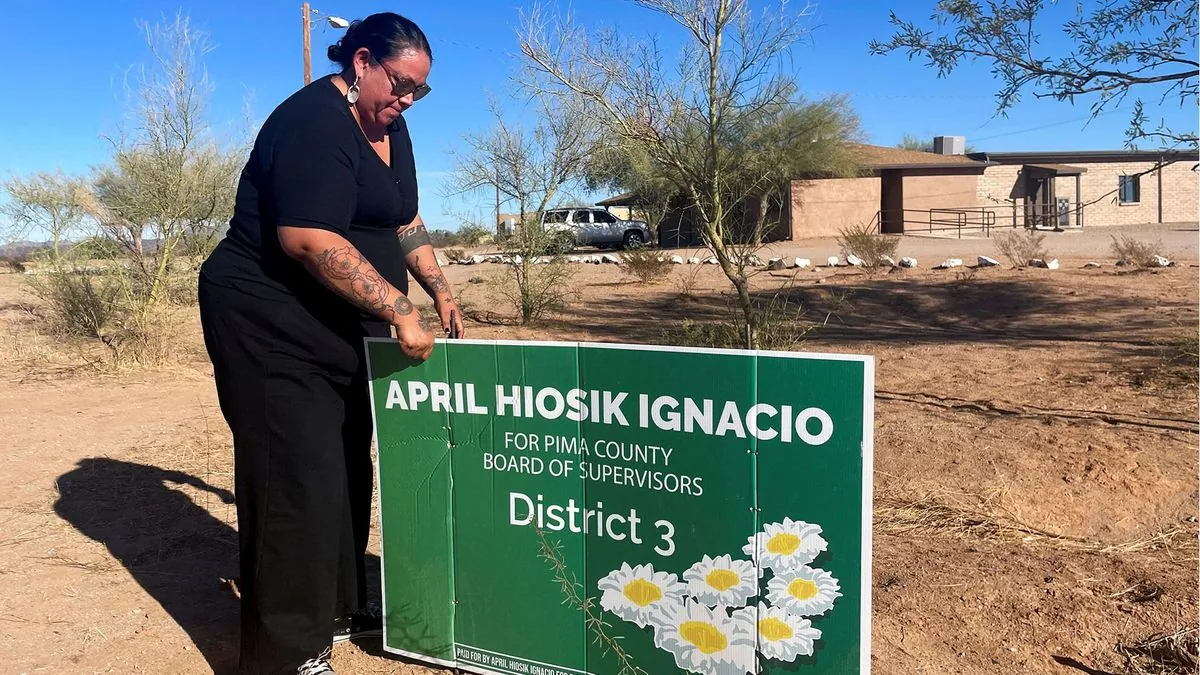
In the upcoming election Native Americans – who make up about 8 million voting-age citizens – struggle with the nations lowest voter turnout rates. On the Tohono Oʼodham Nation reservation (which is as big as Connecticut) most homes dont have proper addresses or mail delivery; packages end up at the local Shell station
Jennifer Juanʼs experience shows these real-world problems: “It was really hard to vote this past primary“ she explains after spending an hour proving her right-to-vote at a polling place. Living near mile-post 7 on Indian Route 19 – her home being the 53rd built in Cold Fields Village – made it hard to match official records with her P.O box documents.
Transportation creates another road-block to democracy. Joseph Dolezilek from Fort Peck Reservation points out: “The bus runs just once a day; you got to wait in the town that youre not from for eight hours“ Many residents live over an hour from polling places‚ making voting a day-long task
The political stakes are high – Arizona has around 400‚000 Native American residents who could swing close races. Two years back Republicans made new rules requiring address proof for voting (which affected 40000 Native Americans without formal addresses). A judge later said tribal IDs work even with P.O boxes‚ but problems still exist
Local helpers make voting easier: April Ignacio teaches elders about ballots while Gabriella Cázares-Kelly – a county official – trains staff to work with tribal documents. They organize fun events like “drag show for democracy“ and heavy-metal concerts to boost registration. Still‚ as Jaynie Parrish from Arizona Native Vote notes: “The problem is its not easy and its not straightforward“

